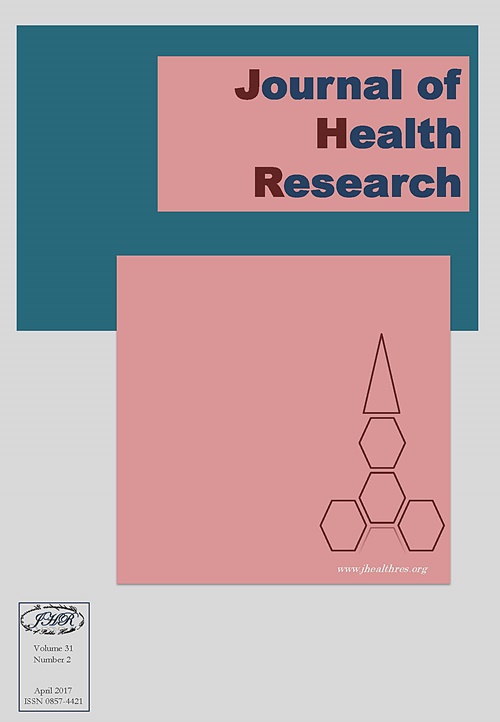Determinants of Preventive Behaviors for Coronary Artery Disease among Adults in Aceh Province, Indonesia
Keywords:
Adults, Coronary Artery disease preventive behaviors, IndonesiaAbstract
Background: Coronary Artery Disease (CAD) remains the major cause of mortality in developing countries including Indonesia. Rapid socioeconomic growth increases the risk factors for CAD including having hypertension, hypercholesterolemia, diabetes, obesity and smoking. Many patients do not have symptoms of CAD until it produces sudden death. Hence, it is vital for people to perform CAD preventive behaviors in order to avert CAD. By adopting the Health Belief Model (HBM) determinants, this study investigated CAD preventive behaviors and its predictors among adults in Aceh province, Indonesia.
Methods: This study was conducted at two secondary hospitals and one community hospital from three districts in Aceh Province, Indonesia. A total of 178 adults aged 20 to 59 years were recruited with convenience sampling. CAD preventive behaviors questionnaire, religious attendance questionnaire, The Intrinsic Spirituality Scale, the Health Beliefs related to cardiovascular scale, the Self Efficacy Questionnaire on Health Behavior were employed to collect the data. Descriptive statistics, Pearson’s r correlation, Eta coefficient and Stepwise multiple regression were employed to analyze the data.
Results: Half of the participants (50.6%) were at average level of CAD preventive behaviors. Age, gender, religious attendance, religious salience, perceived susceptibility, perceived severity, perceived benefits, and self-efficacy were positively and significantly related to CAD preventive behaviors (r = .278, r = .252, r = .838, r = .602, r = .519, r = .244, r = .405, and r = .285, respectively). Perceived barriers was negatively and significantly correlated with CAD preventive behaviors (r = -.297). Religious attendance, gender, perceived benefits, religious salience and self-efficacy together explained 80.3% of the variation in CAD Preventive behaviors (R2 = .803)
Conclusion: Religious attendance, gender, perceived benefits, religious salience and self-efficacy were significant predictors of CAD preventive behaviors among adults in Aceh Province Indonesia. A gender specific cultural-based nursing intervention enhancing benefits and self-efficacy is suggested to help people avoid developing CAD.







